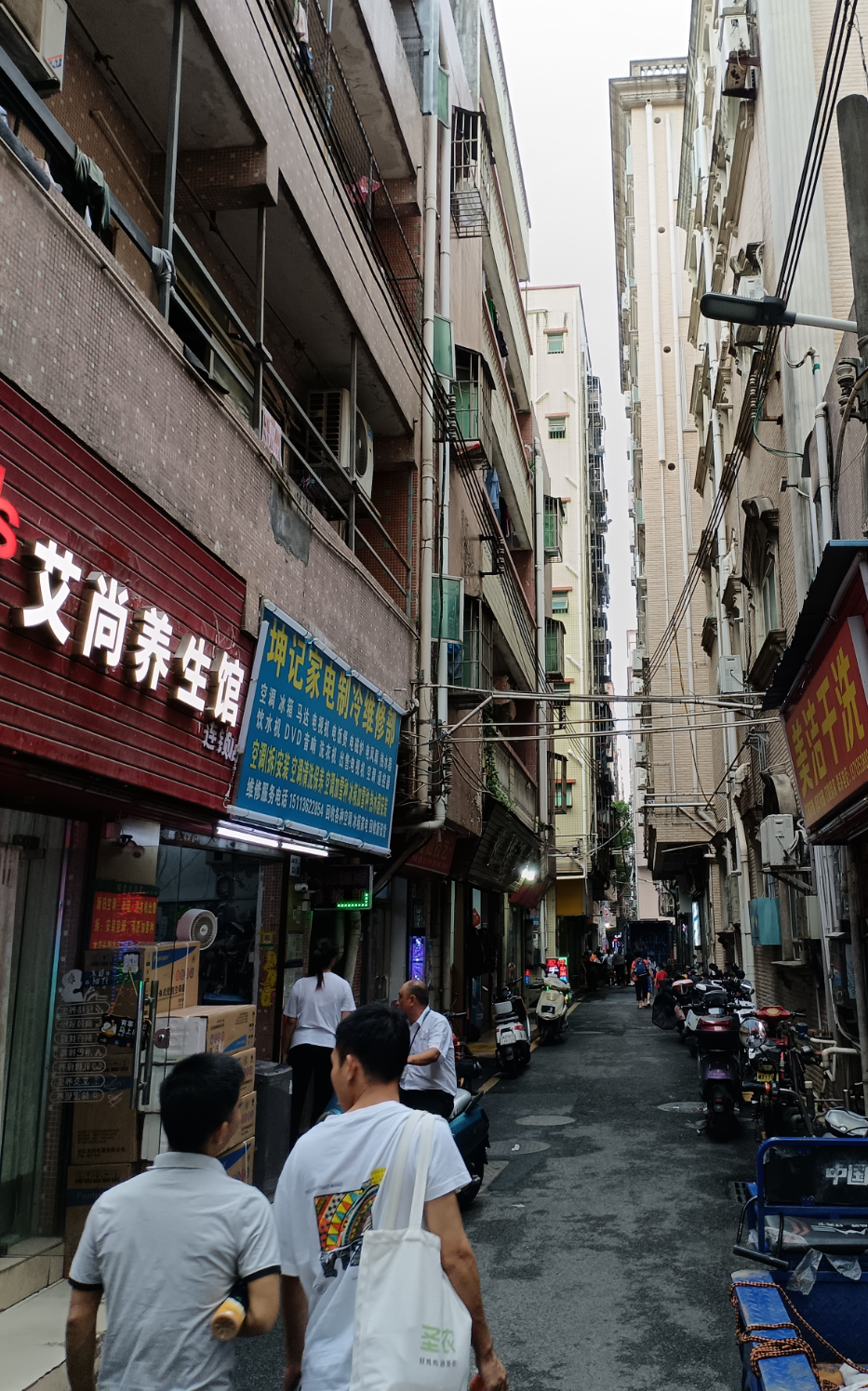New Book Release: The Other Half of Modern China
- Albert Wang
- Sep 23
- 3 min read

Shenzhen, Guangdong, August 18th, 2025 — Coming in September 2025, Albert Z. Wang's book The Other Half of Modern China: Eleven Stories from Shenzhen's Migrant Workers compiles eleven biographies authored as part of the Humans of Shenzhen project. The kindle (electronic) version of the book will be available on Amazon.
The book offers a vivid, ear-to-the-ground panorama of the migrant workers who built China’s Silicon Valley but live in its shadows.
Nicknamed “China’s Silicon Valley,” Shenzhen’s rising skyscrapers have become metonyms of China’s economic miracle. This book turns the camera the other way, capturing the overshadowed factory floors and “informal cities” that made the city’s skyline possible. Built from summer work on assembly lines, interviews outside factory gates, fieldwork in urban villages, and community service at the municipal Center for the Disabled, Albert Z. Wang follows eleven migrant workers, part of a population that constitutes half of Shenzhen yet is excluded from its services and safety net.
Through the eyes of migrant workers, we see a different Shenzhen and envision a different modernity. Wang takes us inside “handshake buildings” so tight that neighbors can clasp hands in the morning through opposite windows; onto stretches of land where landless farmers survive by “growing buildings” for rental instead of growing crops; and down urban-village alleys where migrant children pretend to “ski” on ground that is perpetually slippery because sunlight rarely penetrates.
You’ll sit in the Legal Consultation Room as a man with a prosthetic leg visits for the seventh time, asking the same question as if the answer might turn out different. You’ll listen to a woman who can recite, without hesitation, that Shenzhen sits 273 kilometers from her hometown. You’ll meet the tragedies that push migrants from villages to cities: a boy who lost an arm to a detonator because surgery was unaffordable; a family who lost a child to malnutrition because medicines were unavailable.
The Other Half of Modern China bridges the gap between the postcard image of a gleaming metropolis and the reality of the migrant labor it relies on. In this powerful collection of biographical journalism, eleven migrant workers step out of the shadows—and in doing so, make China’s social geography impossible to be overshadowed as before.
Book Contents: Our Journey
A Preface to the Other Half
From Handshake Buildings to High-Rise Dreams
In the Disability Center...
A Builder Sought Home
A Red Chair Survived Tempests
At the Garment Factory...
A Cleaner Carried the City
My Daughters Were Not Left-Behind
I Declared War for Love
A Philosopher “Lay Flat”
She Found No Way Out
A Small Button Fastened a Big Future
On the Cab...
I Drove From Ginseng to Gears
I Crossed Highways, Hunger, and Home
I Wove Through Towers and Tariffs
Collected Essays and Speeches
TED Talk: How the Other Half Lives (Today)
IWD Keynote: In the Shadow of Pothos
A Collection of Workers' Poems
Acknowledgements
Handshakes at the Gate
About the Author
Albert Z. Wang is a senior at BASIS International School PLH, where he founded The Mortals Magazine, a forum for students across eleven BASIS Schools to share their lived experiences through prose, verse, and visual art. With his research on China’s Hukou regime and migrant workers, he became the first Chinese winner of the National History Day academic paper contest, which draws 500,000 contestants worldwide each year. From writing to legislators to giving TED talks, his policy and journalistic advocacy amplifies the voices of migrant workers, which are too often silenced by factory walls, media invisibility, and misrepresentation. Towards this end, he founded Humans of Shenzhen in 2023.




Comments